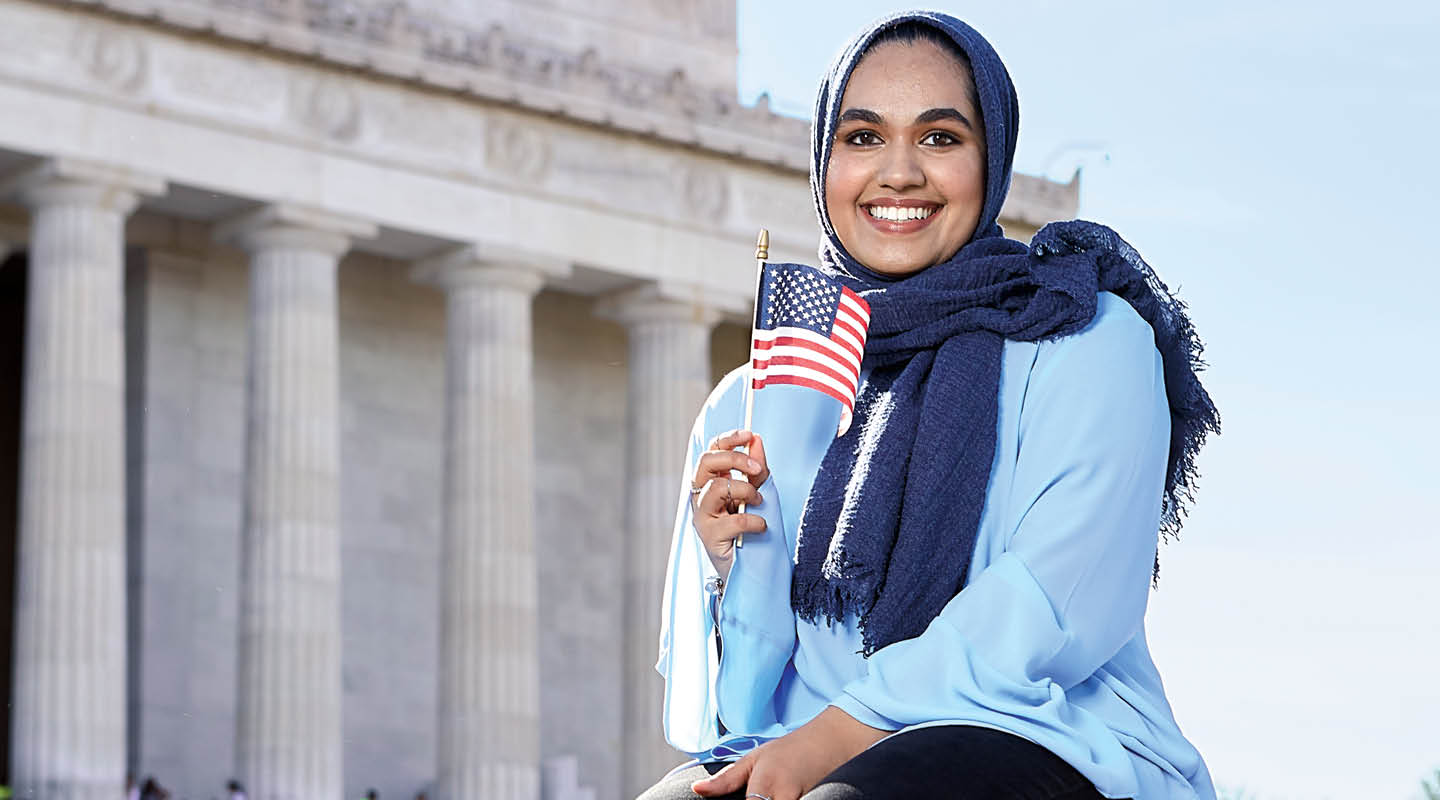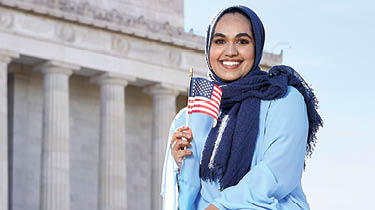In many ways, 19-year-old Ameenah Habib is a typical American teen. She often spends Friday nights hanging out at Chick-fil-A with her friends or going to the mall or the movies.
But as an observant Muslim, she also prays five times a day, as Islam requires. She wears a head scarf to cover her hair in public and struggles to find modest clothes at the mall. Habib, who graduated last June from Briar Woods High School in Ashburn, Virginia, doesn’t go to parties where she suspects there might be drinking or smoking because Islam forbids those things. And she doesn’t date.
In many ways, 19-year-old Ameenah Habib is a typical American teen. She often spends Friday nights hanging out at Chick-fil-A with her friends or going to the mall or the movies.
But as an observant Muslim, she also prays five times a day, as Islam requires. She wears a head scarf to cover her hair in public and struggles to find modest clothes at the mall. Habib graduated last June from Briar Woods High School in Ashburn, Virginia. She doesn’t go to parties where she thinks there might be drinking or smoking because Islam forbids those things. And she doesn’t date.



